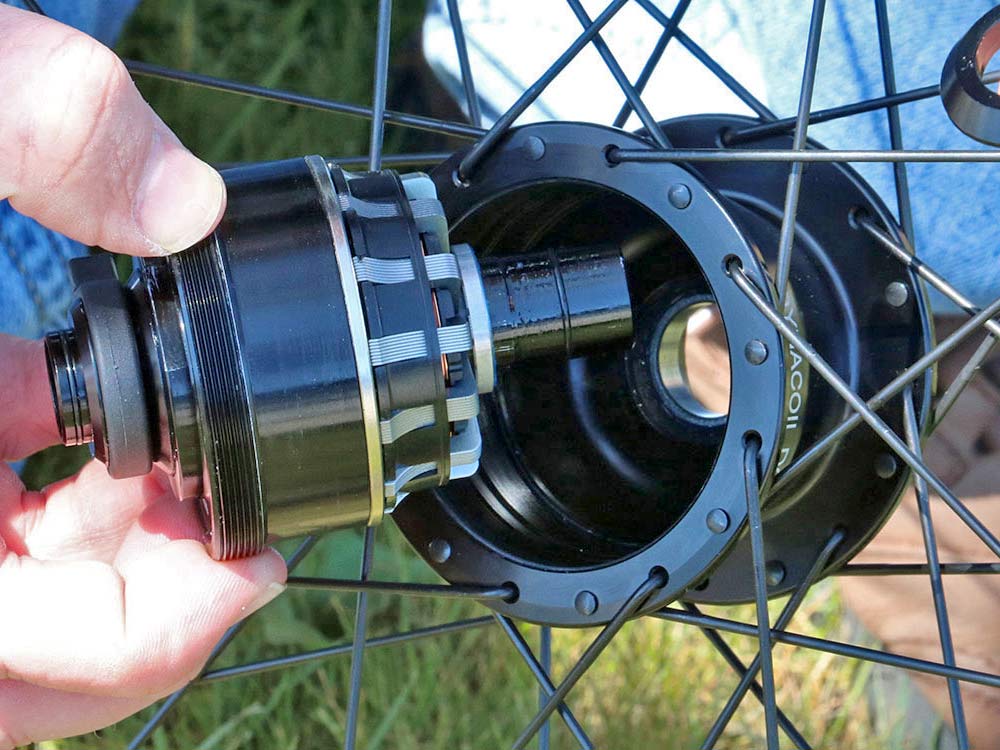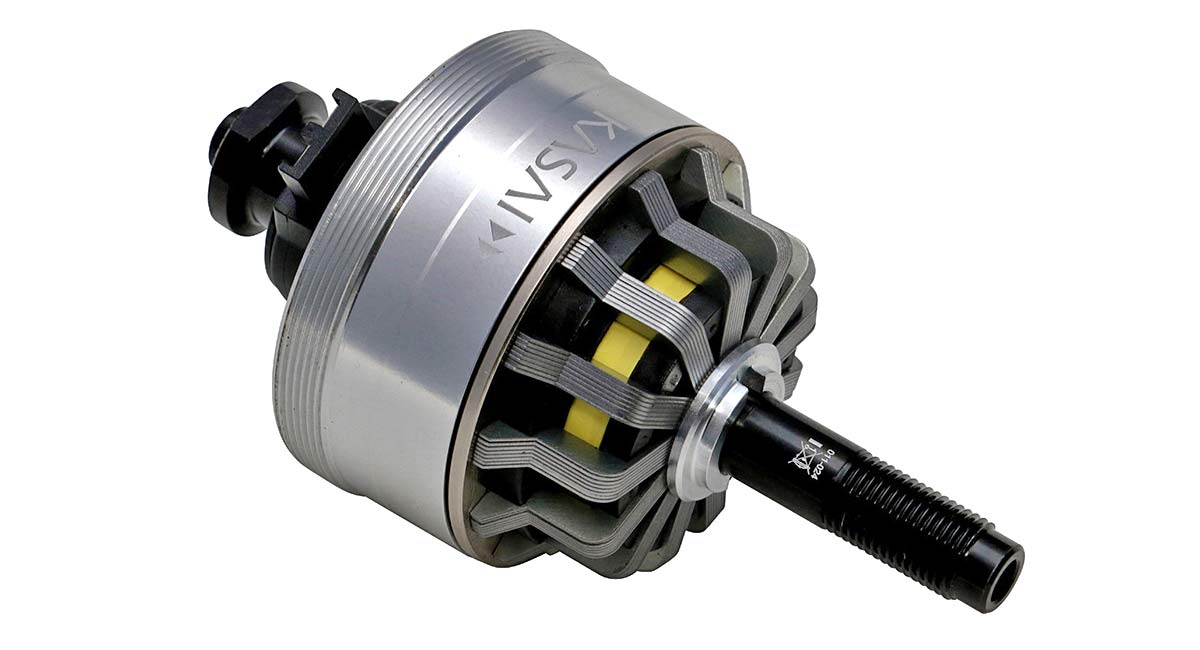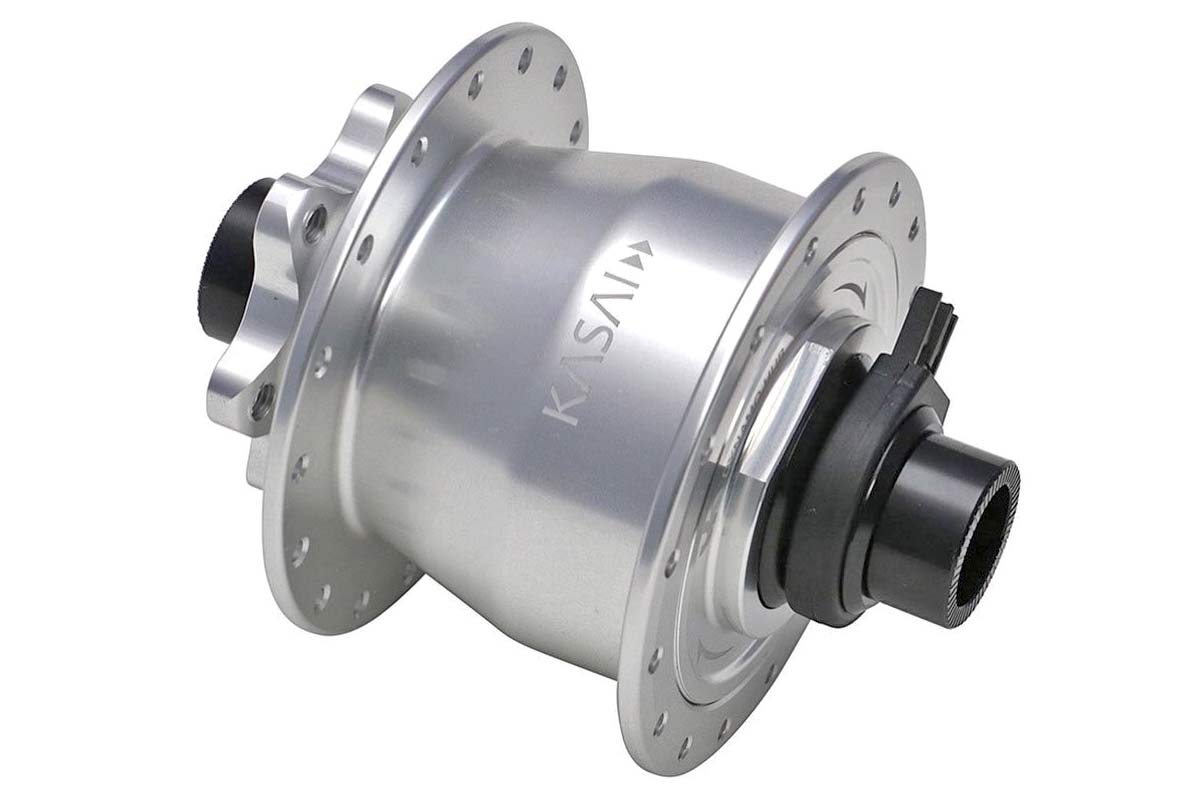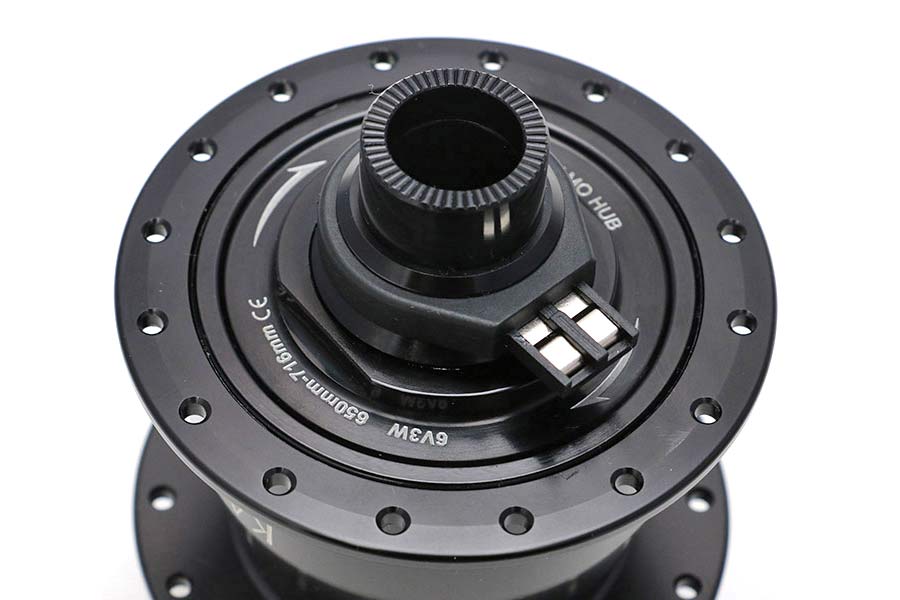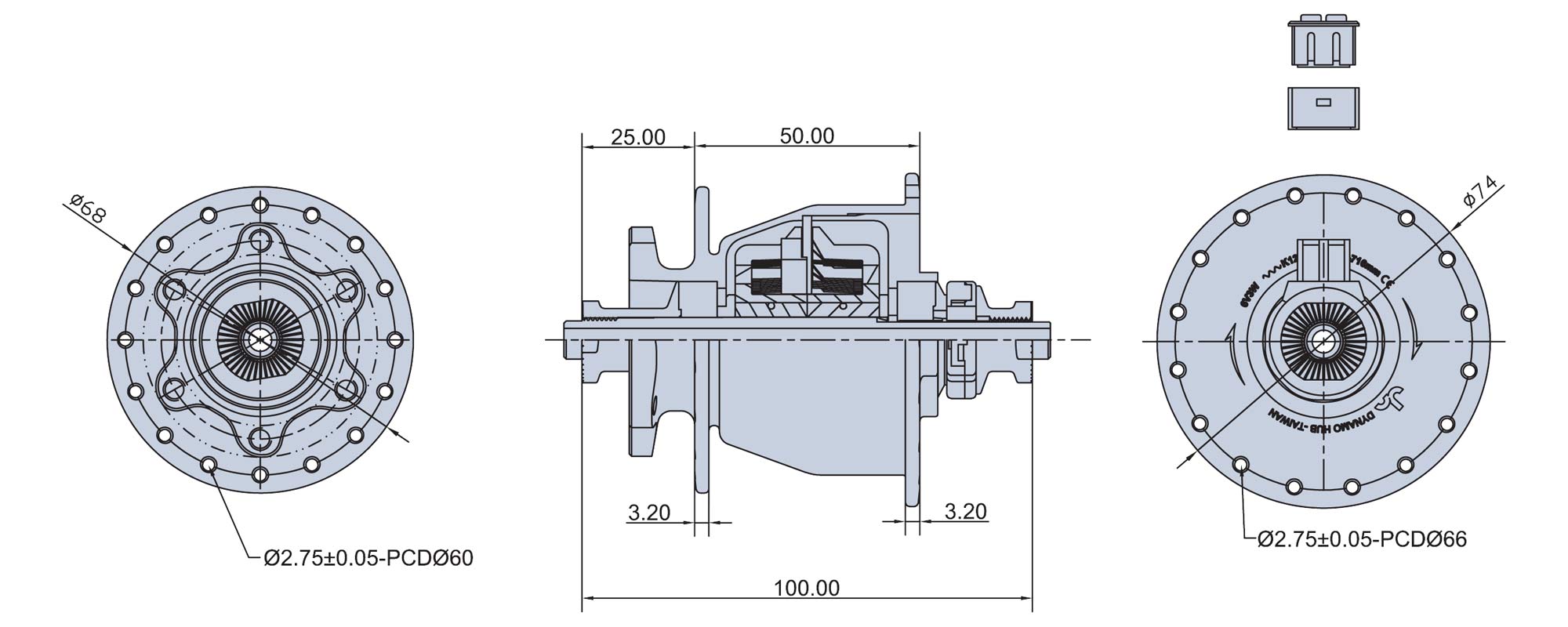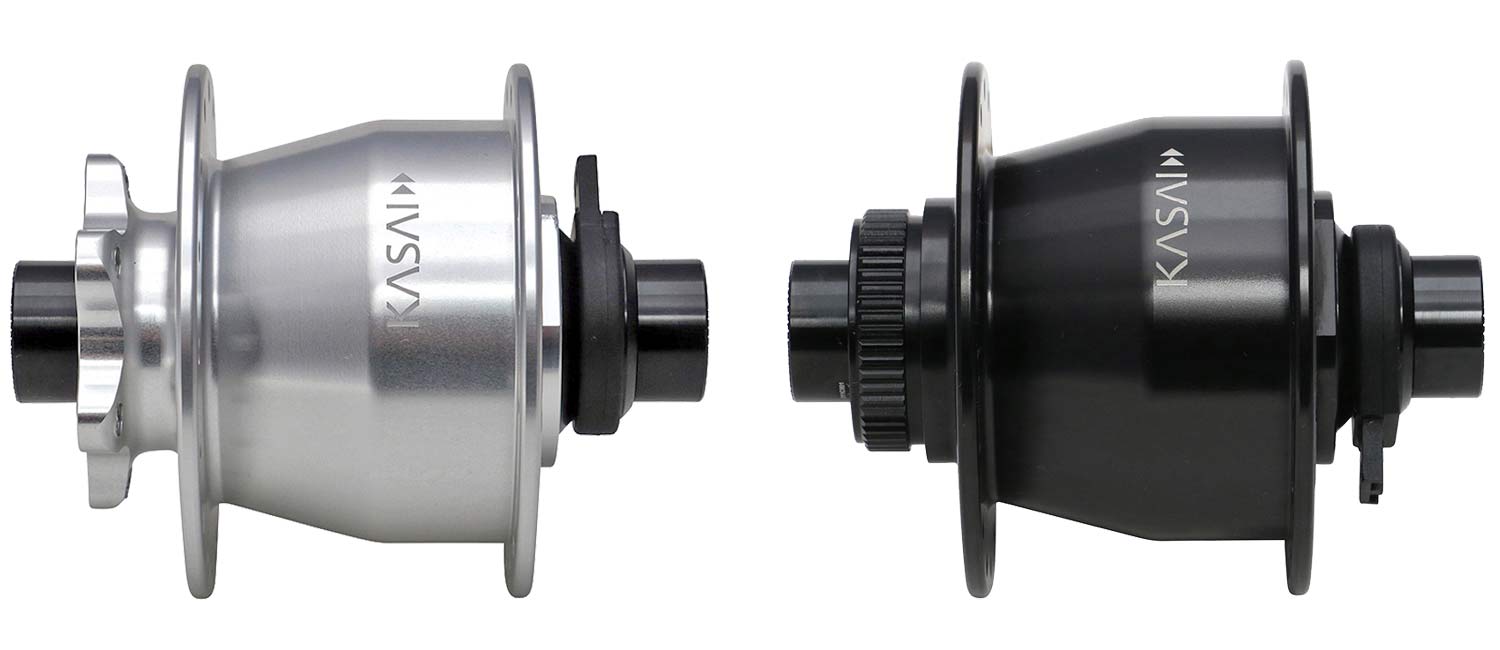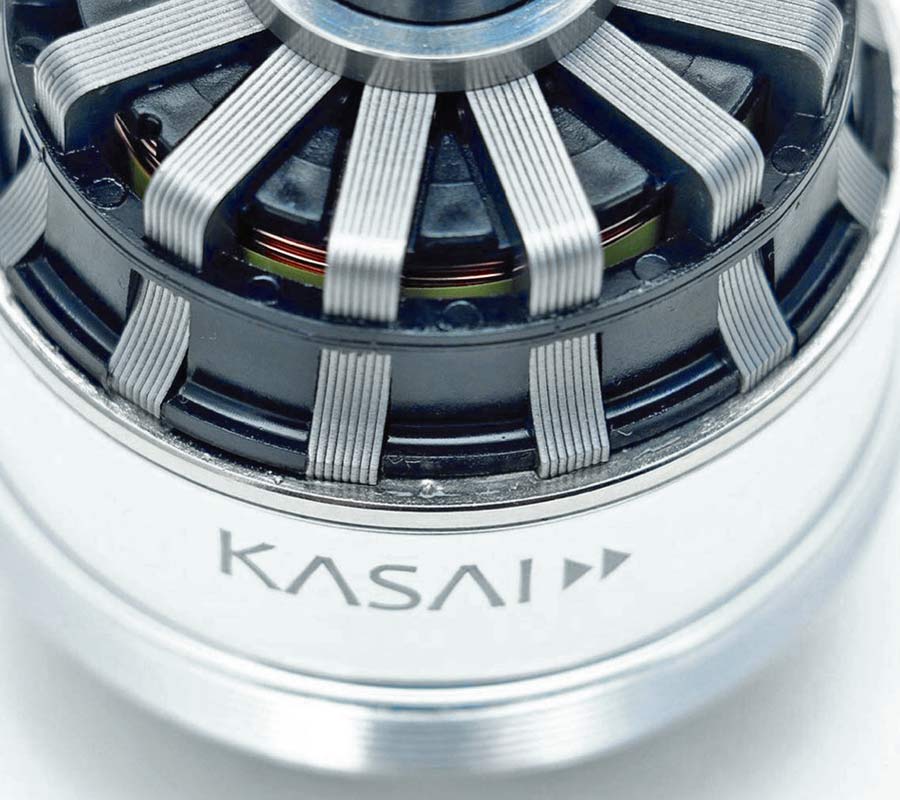More adventure riders & gravel racers are looking to dynamo hubs for endless light & charging electronics, and now the field serviceable Kasai Dynacoil adds in the peace of mind of being able to troubleshoot common issues on the side of the road. Being able to charge a GPS and power LED lighting greatly extends the range of bikepacking and ultra-distance racing adventures.
Kasai Dynacoil FS field serviceable dynamo hub generator
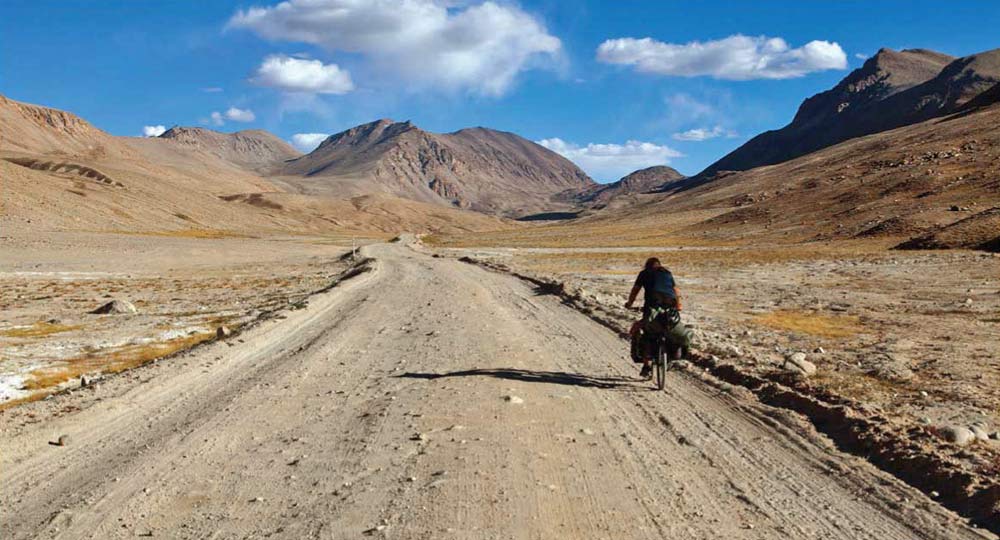
Some riders are reluctant to make the leap to dynamos because of real or perceived threat of system failure that could leave them powerless and far from home. I’ve begun using dynamo powered lighting for shorter adventure rides, and I don’t really want to ever go back to worry about charging or replacing batteries. My personal trips are seldom far from civilization, but many bikepackers are riding further afield and putting their gear through brutal tests in harsh conditions. For them especially, the idea of the user-serviceable Kasai FS Dynacoil Hub sounds great.
Kasai Field Serviceable – Tech details
Most all dynamo hubs are factory sealed, meaning all of the generator internals are inaccessible, so not even a bike shop could service it if you have a problem. That’s a big issue if you have a failure out on your travels – as the hub likely will need to be shipped back to the manufacturer for service. Plus, since the dynamo is laced into your front wheel, it also means that any serious dynamo hub problem will mean rebuilding your wheel, too.
The Kasai FS (or Field Serviceable) concept is to make it easier to deal with a dynamo over the life of the hub and wheel. Bearings can be easily replaced, and the electricity-generating dynamo can be threaded out of the hubshell itself, so you can replace the magnetic coils if needed – all with simple standard tools thanks to big wrench flats on the hub. No need to ever teardown and rebuild the wheel on account of the dynamo, just service the parts that need maintenance over the life of your adventure setup.
Kasai distributor Merry Sales says the most common failure mode for a dynamo is water infiltration. With a 36mm wrench, you could conceivably pop it open to dry it out after one too many river crossings saps your electricity-producing capability.
The Kasai Dynacoil FS hubs feature a 6061 alloy hub shell available in 32 or 36 hole drilling & black or silver anodizing, and 7075 alloy endcaps. The teflon-insulated copper coils wires are made in Japan, and the hubs meet Germany’s strict StVZO road lighting standard. Kasai says the hub is 72% efficient from 10mph/16kph, putting out 3W of power at 6v for 26″-700c wheels. Claimed hub weights range from 445-495g depending on axle & brake configurations.
Kasai FS dynamo hub – Options, affordable pricing & availability
The Kasai FS is relatively affordable stacked up to other dynamo hubs and is available in several configurations. A rim brake, quick release hub sells for $130, or for 6-bolt disc with a QR axle for $140. Thru-axle Kasai FS dynamo hubs are a bit more expensive – $190 for either 6-bolt or centerlock disc – but unfortunately it seems to only be available in a 15mm x 100mm axle configuration. That will fit a number of adventure bikes, but a large number of recent gravel bikes have adopted the increasingly more common 12x100mm axle standard.
A replacement coil assembly sells separately from $90, and standard sized sealed bearings are used.
The Kasai dynamo hubs are available now, in the US from a number of direct sales outlets like Soma Fabrications, and are distributed to independent bike shops by Merry Sales.
